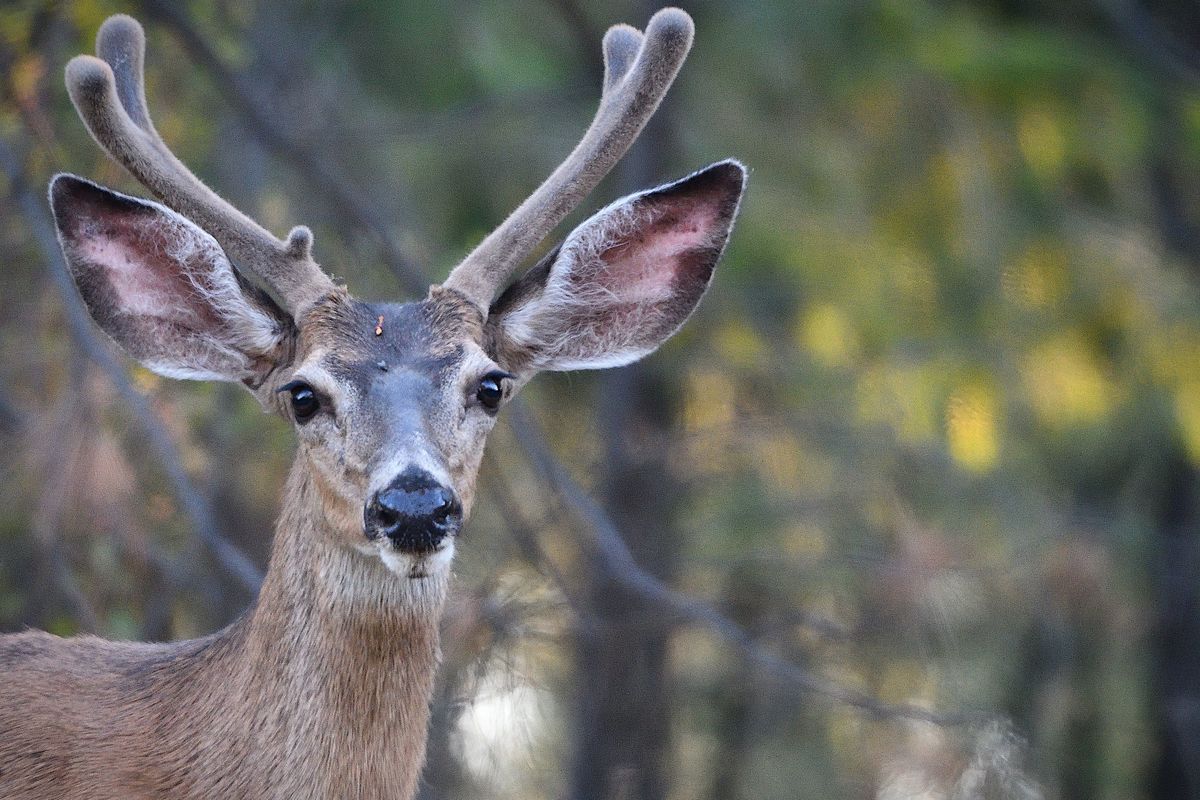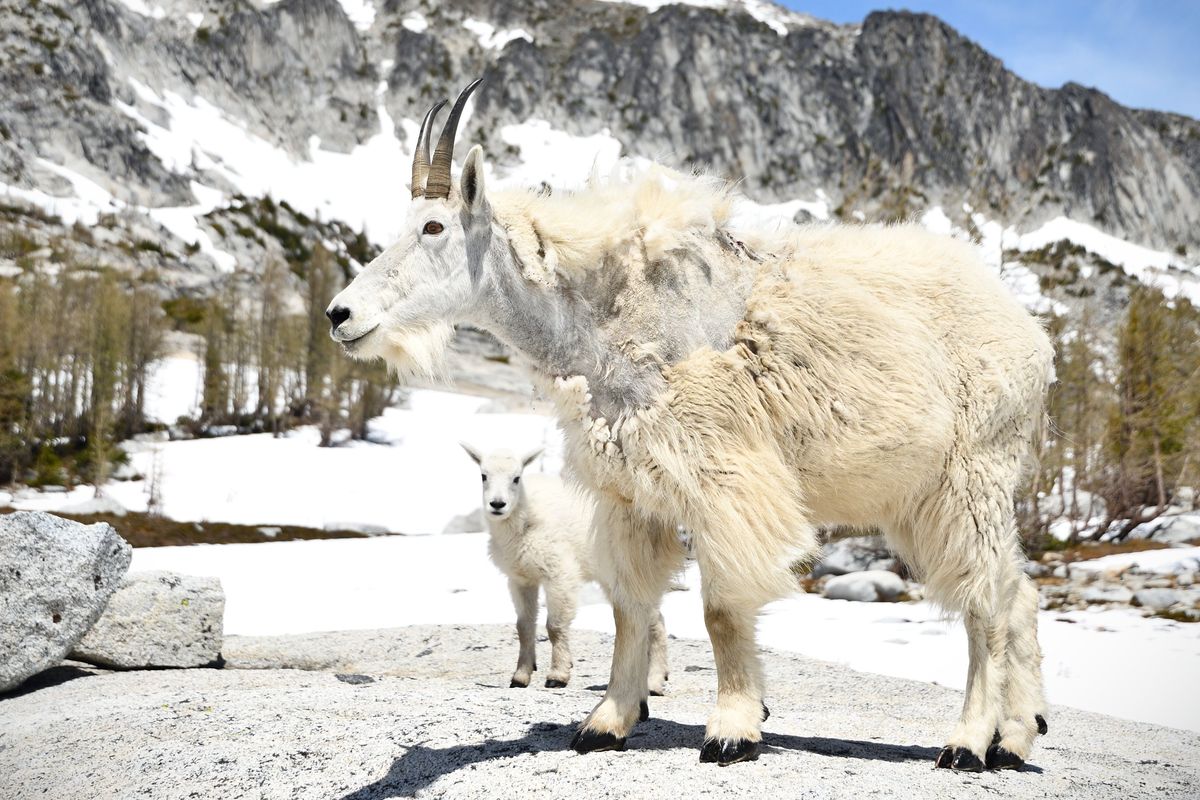Harbingers of spring: Eastern Washington biologists and naturalists weigh in on what marks the end of winter

What is the true harbinger of spring?
Maybe for you it’s a red splash of tulips blooming in your backyard. Maybe it’s the American robin’s cheerful song. Maybe you think of a speckled fawn standing beside her mother in a bright green meadow.
When Eastern Washington University biology professor Robin O’Quinn thinks of spring, she thinks of the trees.
“I see the willow trees and the poplars start to take color onto the tips of their branches,” O’Quinn said. “That’s starting to happen now.”
Going by the calendar, spring doesn’t start until late March. But those with observant eyes can see signs of impending spring weeks before flowers bloom or leaves unfurl en masse.

O’Quinn, a botanist, said it’s exciting to watch trees prepare to flower and put out leaves.
“All winter long you can walk by a bare tree and not really notice it,” O’Quinn said. “Then one day, you’ll notice it. And that’s because the buds have started to swell and it just takes on this whole different form and shape. It’s really beautiful.”
For most Spokane residents, hardy backyard flowers such as snowdrops or daffodils might be the most familiar spring indicators, but there are early bloomers in the wild too.
O’Quinn said the first flower she notices every spring is a non-native, inconspicuous species that’s seemingly everywhere out in the channeled scablands: Draba verna, otherwise known as spring whitlow-grass. It’s a short plant with dime-sized white flowers.
Michael Atamian, a district biologist with the Washington Department of Fish and Wildlife, spends much of his spring in Lincoln County’s shrub-steppe. Yellow buttercups, growing among the sagebrush, always catch his eye.
“For me, the plant that really signals spring is that buttercup,” Atamian said. “That’s like, ‘OK, it’s coming, things are starting to warm up.’ ”
Even more than buttercups, Atamian associates springtime with the emergence of two mammals: Washington ground squirrels and yellow-bellied marmots – otherwise known as rock chucks. Those rodents can wake up in March or even late February if it’s a mild winter.
“When they come up, spring is really going,” Atamian said. “They don’t come up, if they can avoid it, until spring has sprung and there’s food to be had.”
Insects may fly under the radar, but without them many migratory birds couldn’t return to Eastern Washington at all.
Not all insects emerge in spring. Some never hunker down in the first place.
“There are some insects that are pretty much active through the winter,” said Gary Chang, a Gonzaga University biology professor and entomologist.
Springtails – also known as snow fleas – can be seen atop the snow on warm spring days. Snow scorpionflies don’t mind the cold either.
But it’s not until insects start popping up by the millions that many bird species can come back to to the Inland Northwest in full force.
Birdsong marks the start of spring for Spokane Audubon Society President Alan McCoy.
“It’s just fun to hear the chirps and squawks,” McCoy said. “They’re starting to do their territorial thing. They’re seeking mates.”
Western bluebirds, one of the showiest Eastern Washington wildlife species, tend to return in March, McCoy said. The relatively drab savannah sparrow arrives at its grassland breeding grounds around that time, too, and the males start singing their buzzy song.
McCoy said he looks forward to Say’s phoebes – a small gray flycatcher with a cinnamon belly – and western meadowlarks.
Spring isn’t the same as it used to be. As the climate changes, it’s often coming earlier.
Atamian said he’s seen less snow during the winter and fewer sub-freezing days overall. He emphasized that he’s only lived in Eastern Washington for 14 years and can’t confidently say climate change is the cause.
O’Quinn said she’s seen changes among spring wildflowers.
“Things used to have a really predictable, staggered bloom,” she said. “You would see buttercups, and then you would see grass widows and then you would see yellow bells. And sometimes there would be overlap with those, but anymore it just seems like we see all the spring ephemerals at once.”
When spring comes, it’s especially important that people not disturb wildlife, Atamian said. Animals are often most stressed in spring and trying to recover their strength.
“When springtime comes and animals start coming up again and waking up and migrating in, always enjoy them, but do it from a distance,” Atamaian said. “Wildlife is stressed enough; our presence stresses them more.”